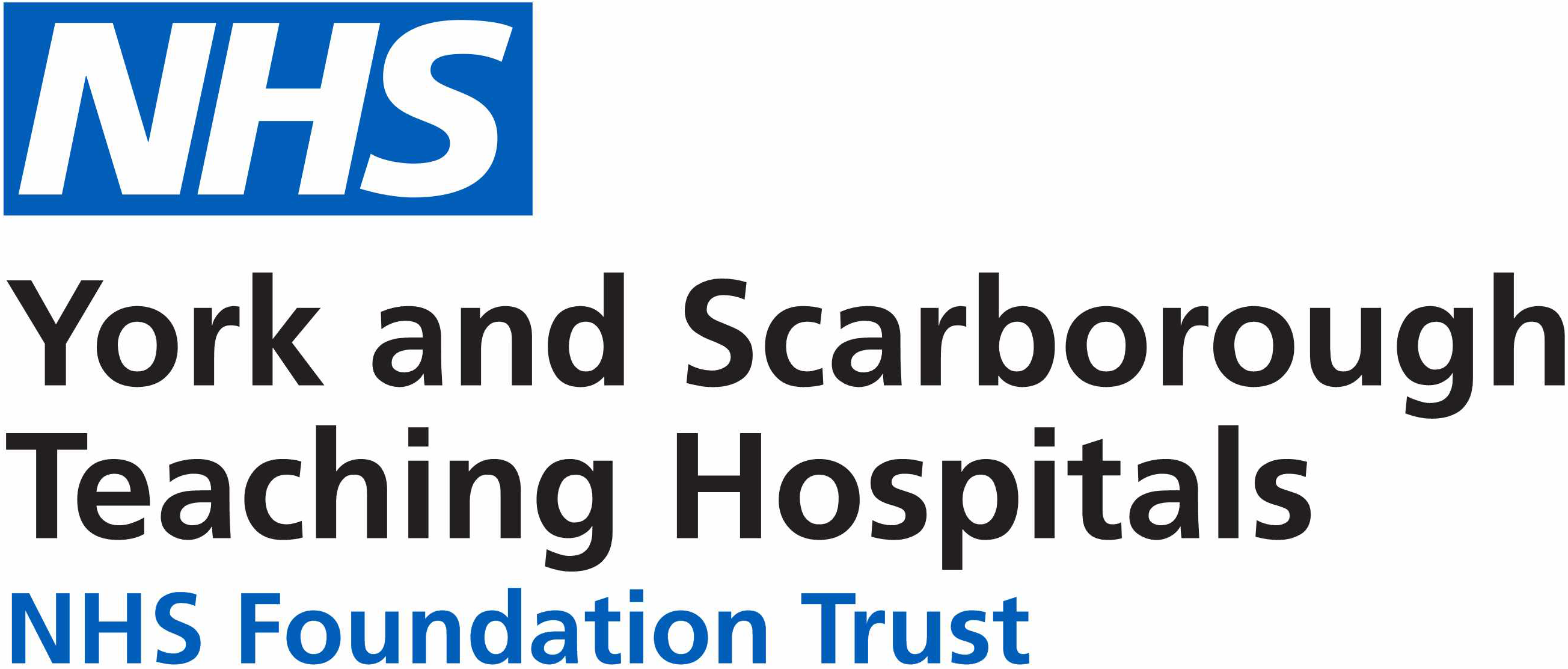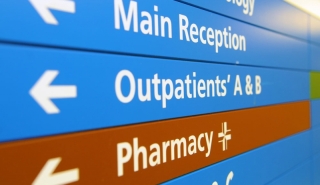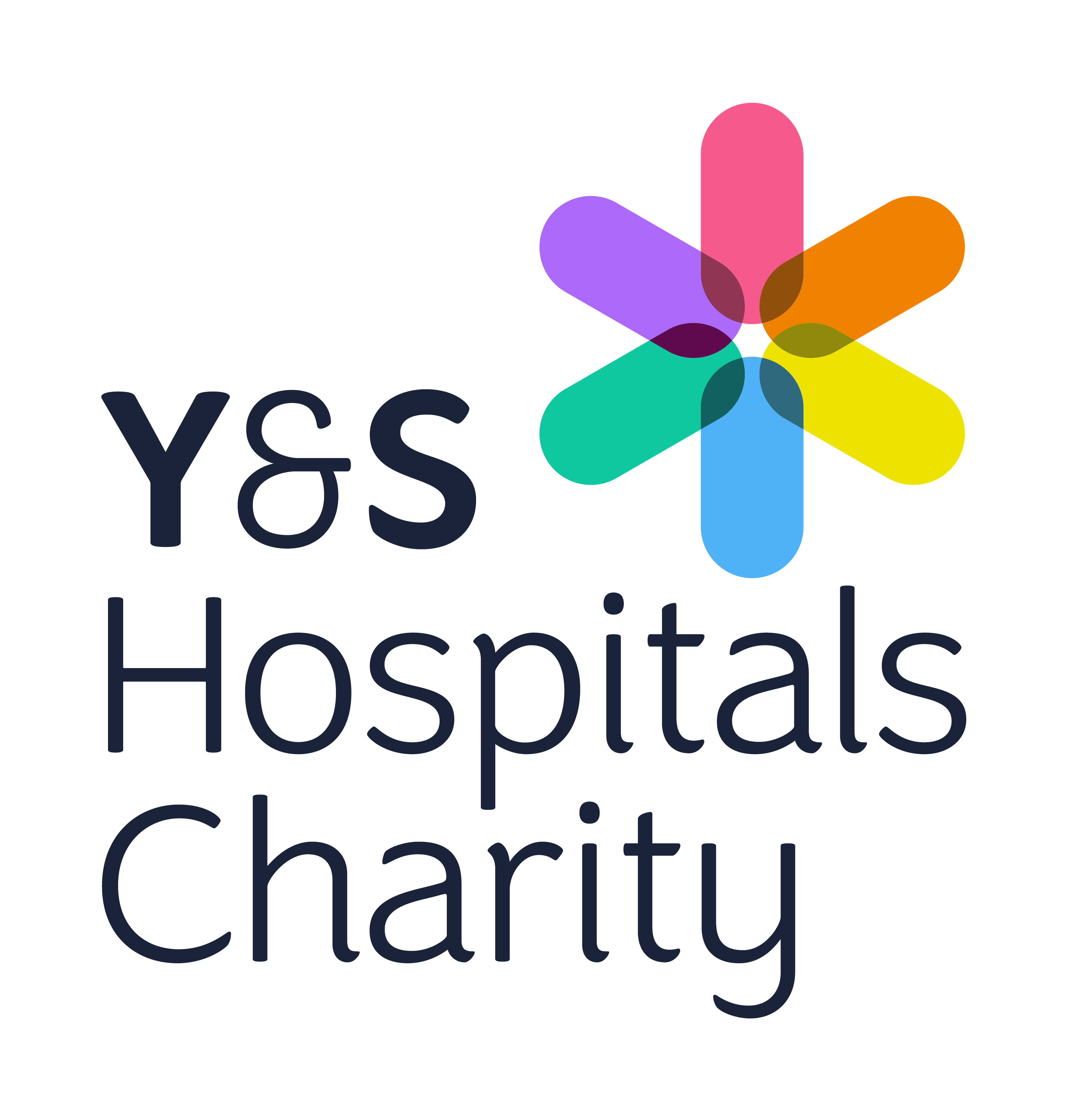Laboratory Medicine
Test Directory / Phosphate
Phosphate
Brown clotted serum, gel barrier or lithium heparin
| Test | Phosphate |
|---|---|
| Common Abbreviations | Phosphorus, PHO, PO4 |
| Profile | Bone Profile |
| Tube type | Brown clotted serum, gel barrier or lithium heparin |
| Clinical Indication | Phosphate is often measured as a follow up to abnormal serum calcium levels. Hypophosphataemia may be caused by decreased intake or absorption of phosphate such as occurs in Vitamin D deficiency, malabsorption and use of oral phosphate binders. it may also be caused by increased excretion or redistribution of phosphate which can occur in hyperparathyroidism, post renal transplant & re-feeding syndrome. Hyperphosphataemia can be caused by increased intake, hypoparathyroidism, acute & chronic renal failure and rhabdomyolysis. |
| Specimen Type | Blood |
| Sample type | Serum or plasma |
| Minimum Volume | 0.5mL If requesting more than 10 tests please send an additional brown clotted serum sample. |
| Special Precautions | No special requirements |
| Stability | 4 days at 2-8oC |
| Turnaround Time | Urgent: 2 hours Inpatient: 4 hours Outpatient/ GP: 24 hours |
| Laboratory | York and Scarborough |
| Reference Interval | Adult: 0.8-1.5 mmol/L Neonate: 1.3-2.6 mmol/L Infant: 1.3-2.4 mmol/L 1 to 16 years: 0.9-1.8 mmol/L (Recommended by the Pathology Harmonisation Reference Group) |
| Limitations | Liposomes (drug delivery) may cause falsely elevated results. In very rare cases gammopathy, especially monoclonal IgM (Waldenströms macroglobulinemia), may cause unreliable results. |
| Notes |






